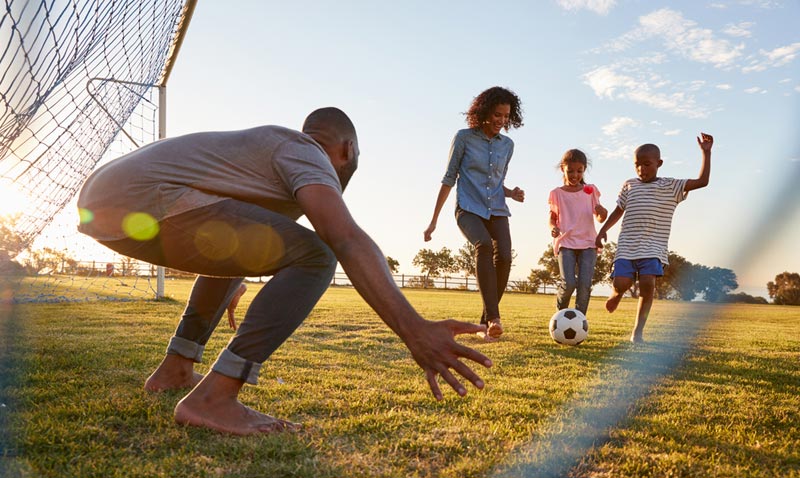Posted on 07/01/2021

In Parts 1-3 of this series (see Parts 1, 2 & 3), we focused on ways to ensure that your children are properly protected from the harmful UVA and UVB rays of the sun, particularly during the summer months. Five or more sunburns of any degree or even a single blistering sunburn during childhood or adolescence can double your chances of getting melanoma, and skin damage is cumulative, building up over time. So prevention is obviously the best option. But let's be realistic and consider the possibility that despite your best efforts, your little one does end up getting a sunburn. Today, we'll focus on general treatment for sunburn for you or older children.
Step 1: Cool Your Skin Down
You'll want to cool down the areas of the skin affected by sunburn as soon as possible. An obvious way that you can do this is to immerse yourself in cool water; if you do this outdoors, make sure it's just a "quick dip," so you don't end up prolonging your exposure to UV rays and increase the severity of the burn. Once you remove yourself from someplace where you'll be exposed to the sun's rays, you can continue to cool the skin by using cold compresses; you don't need anything fancy here, simply use ice water in a zip-top bag. But make sure you don't apply ice directly to the affected areas. Too long of a cool bath or shower can also further dry the already damaged skin. And you'll want to avoid using soaps that can cause further irritation.
Step 2: Moisturize Your Skin
Whatever method you've chosen for cooling the skin down, wait before drying off and moisturize your skin while it's still damp. Stay away from any oil-based ointments or anything that includes petroleum, because those products can actually trap heat, worsening the burn. Instead, use a gentle moisturizing lotion to help keep burned skin moist.

Step 3: Use Anti-Inflammatory Medication
If you know that you or your child has no allergies, you may wish to take an NSID (or non-steroidal anti-inflammatory drug) to help reduce discomfort associated with inflammation. Popular options include aspirin, ibuprofen, and naproxen. (If you're unsure of the safety of these medications or the proper dosage for your child, be sure to ask your child's pediatrician before using them.) Another medication available over the counter is a cream with 1% cortisone, which will help reduce redness and swelling. If you'd prefer to go the natural route, aloe vera can safely reduce the severity of mild burns.
Of course, staying out of direct sunlight and wearing loose, soft, breathable clothing can help you avoid further irritation to the already damaged skin as it heals.
Step 4: Increase Hydration
Because any kind of burn will carry fluids from the rest of your body to the burn site, you'll want to be cautious to avoid dehydration. You can do this through rehydrating by drinking plenty of water and sports drinks, which will also help replenish your electrolytes as your skin heals.
In our next post, we'll look at when you should consult a physician about your sunburn and specific considerations when treating sunburn for small children.
The Bedroom Source
Located near the Roosevelt Field Mall on Long Island, The Bedroom Source is your source for the best collection of children's and teen bedroom furniture. From flexibly configurable Maxtrix furniture to fashionable American-made collections, The Bedroom Source offers high end furniture and professional design assistance to create the bedroom of your child's dreams.
Contact the friendly staff at The Bedroom Source by calling (516) 248-0600 or by submitting our online contact form. We're a local family owned mom & pop store. When you shop with us, you're dealing directly with the owners. We professionally assemble everything we sell. We deliver to Nassau, Suffolk, the 5 Boroughs, Southern Westchester, Southwestern Connecticut & Northern New Jersey.
